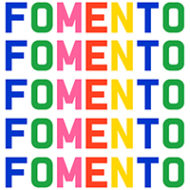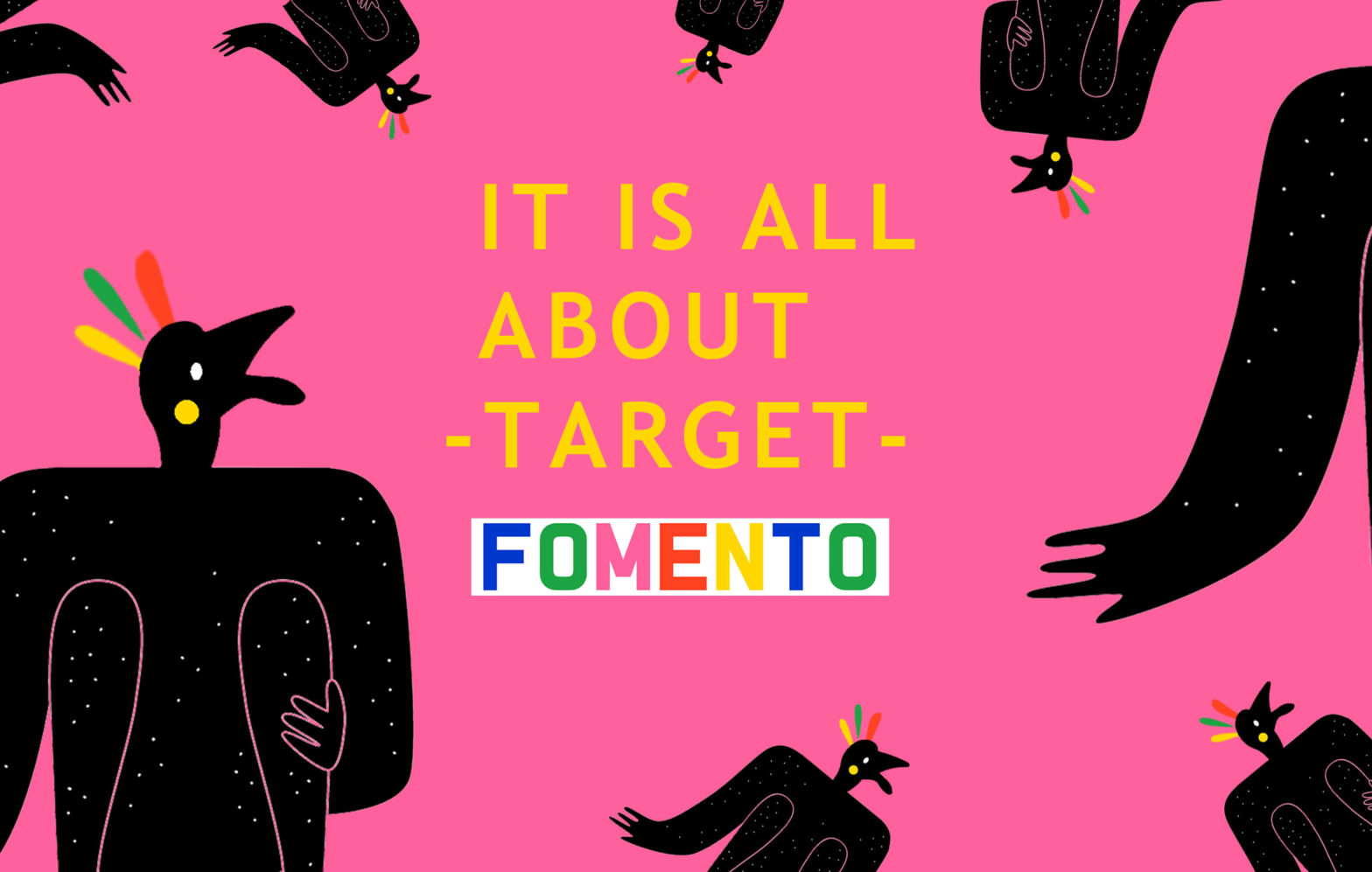It is all about Targeting - iGaming

The ultimate goal of any ad campaign is to get conversions for the best price and have a positive ROI. In this post, you will know where to get info about your conversions, and how to set up pixel/image and Post back.
What Is a Conversion?
Conversion is any targeted action which the user should perform on the offer page so the advertiser pays a fee.
There are different types of targeted actions:
- following the link,
- filling the form,
- adding goods to the shopping cart,
- purchase,
- e-mail subscription,
- a download of the program,
- filling the profile after registration, etc.
An offer tends to assume one targeted action:
Conversion tracking allows seeing detailed information about the sources of conversion. You can know the device, OS, source, date, and time the conversion came from.
Is it possible to be successful without conversion tracking? The answer is definitely no. All the sources in various offers are converted differently, that’s why you can’t use any universal rule. If you don’t see where the conversions came from, their prices, you won’t be able to make optimization. Only experienced and lucky specialists can get positive ROI without campaign optimization.
How to track conversions in ad campaigns:
As a rule, affiliate networks provide their advertisers with complete information about conversions. They are interested in the successful promotion of their offers.
But what if they do not share this information or you promote your own offers? In these cases, you can set up additional tools. They will help you to act blindly or will make the processing of data easier.
Ways of conversion tracking:
- PostBack is the transfer of data about performing some action from one platform to another (for example, from affiliate network to the tracker or ad network). PostBack makes the work with an affiliate network’s information easier.
- Pixel (JS) or Image
- Pixel is a small part of HTML-code which is added in the code of the page with targeted action. When the user gets to this page, the conversion is completed.
- It is used when an affiliate network doesn’t share the data or if you promote your own offer. Image is a small colorless dot 1*1 px, which is placed in the button with targeted action in the form of code (for example, send the data or subscribe). Image is considered to be the type of pixel because both variants are added in the code of the page.
What Is a Conversion?
Conversion is any targeted action which the user should perform on the offer page so the advertiser pays a fee.
There are different types of targeted actions:
- following the link,
- filling the form,
- adding goods to the shopping cart,
- purchase,
- e-mail subscription,
- a download of the program,
- filling the profile after registration, etc.
An offer tends to assume one targeted action:
But more complicated schemes also occur. The offer can consist of a few targeted actions which an advertiser pays for. The more difficult the action, the more expensive it will be evaluated. For example, registration is a simple action for a low price, but an order is a complicated one and the payout will be higher.
Conversion is the last action, anyway. If the user finishes with the registration, it will be counted as a conversion. If he buys something, the payout will be for the purchase.
Conversion tracking allows seeing detailed information about the sources of conversion. You can know the device, OS, source, date, and time the conversion came from.
Is it possible to be successful without conversion tracking? The answer is definitely no. All the sources in various offers are converted differently, that’s why you can’t use any universal rule. If you don’t see where the conversions came from, their prices, you won’t be able to make optimization. Only experienced and lucky specialists can get positive ROI without campaign optimization.
How to track conversions in ad campaigns:
As a rule, affiliate networks provide their advertisers with complete information about conversions. They are interested in the successful promotion of their offers.
But what if they do not share this information or you promote your own offers? In these cases, you can set up additional tools. They will help you to act blindly or will make the processing of data easier.
Ways of conversion tracking:
- PostBack or server-to-server (S2S) data transfer
- PostBack is the transfer of data about performing some action from one platform to another (for example, from affiliate network to the tracker or ad network). PostBack makes the work with an affiliate network’s information easier.
- Pixel (JS) or Image
- Pixel is a small part of HTML-code which is added in the code of the page with targeted action. When the user gets to this page, the conversion is completed.
- It is used when an affiliate network doesn’t share the data or if you promote your own offer. Image is a small colorless dot 1*1 px, which is placed in the button with targeted action in the form of code (for example, send the data or subscribe). Image is considered to be the type of pixel because both variants are added in the code of the page.
C/O The Accountancy Partnership Suite 5, 5th Floor City Reach, 5 Greenwich View Place, London, England, E14 9NN Registration number 13674979


